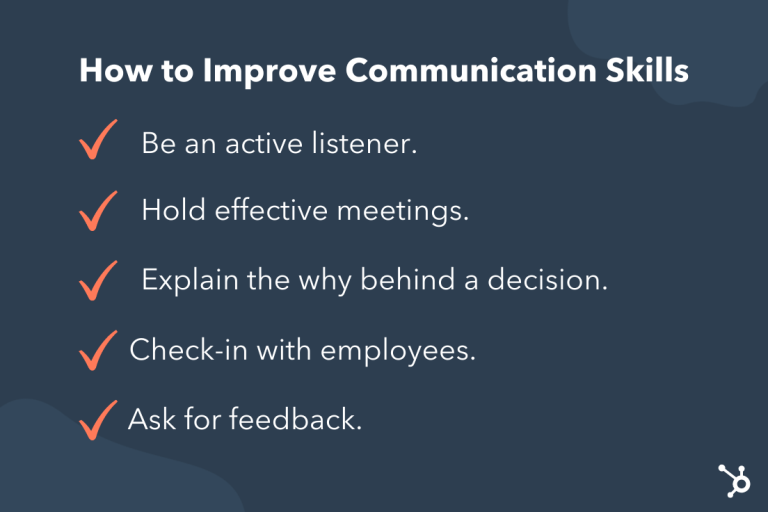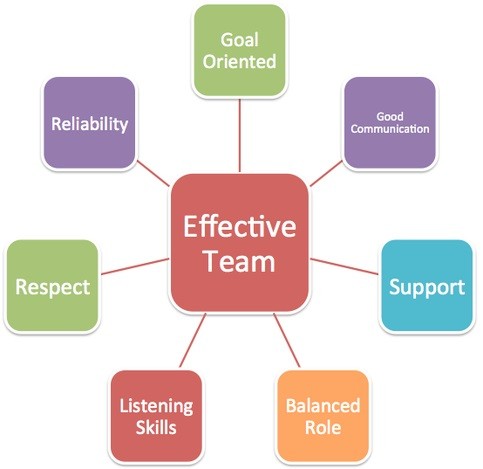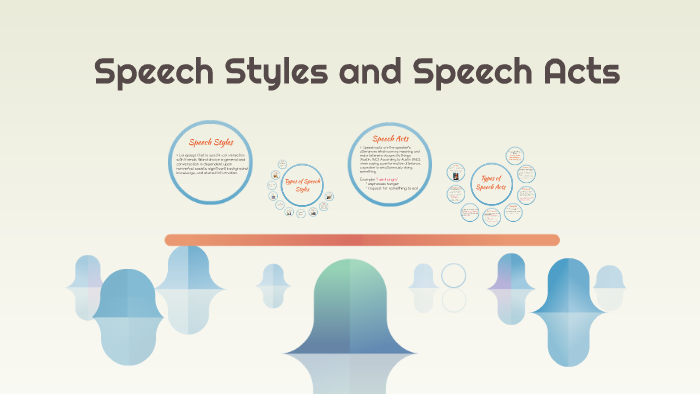How To Move From The Voice Of The Customer To The Heart Of The Customer
To move from the voice of the customer to the heart of the customer, focus on understanding their needs, desires, and emotions. By empathizing with their experiences, you can create meaningful connections that resonate with them on a deep level.
Utilize customer feedback, conduct surveys, and analyze data to gain insights into their preferences and pain points. Then, create personalized messaging, storytelling, and experiences that address their unique concerns and aspirations. Consistently communicate with authenticity and transparency to build trust and loyalty.
With a customer-centric approach, you can forge strong emotional bonds and foster long-term relationships with your audience. Moving from the voice to the heart of the customer requires putting their emotions and experiences at the center of your strategies, ultimately leading to greater customer satisfaction and business success.
Understanding The Voice Of The Customer
When it comes to building a successful business, understanding the voice of the customer is essential. It goes beyond simply hearing what they have to say. It’s about truly understanding their needs, desires, and preferences. By gaining this understanding, you can tailor your products, services, and marketing efforts to meet and exceed customer expectations. In this blog post, we will explore the importance of listening to your customers and effective methods of capturing customer feedback.
The Importance Of Listening To Your Customers
Listening to your customers is crucial for the growth and success of your business. By actively listening to their feedback and input, you gain valuable insights into their thoughts, opinions, and pain points. This helps you make informed decisions on how to improve your products, services, and overall customer experience. Additionally, showing your customers that you genuinely care about their feedback builds trust and loyalty, turning them into brand advocates who are more likely to recommend your business to others.
Effective Methods Of Capturing Customer Feedback
| Method | Description |
|---|---|
| Surveys | Conducting online or in-person surveys allows you to collect structured feedback from customers. Keep the surveys concise and focused on the aspects you want to improve. |
| Feedback forms | Adding feedback forms to your website or app provides customers with an easy way to express their opinions and suggestions. Consider offering incentives to encourage participation. |
| Online reviews and ratings | Monitor and respond to customer reviews and ratings on platforms like Google My Business, Yelp, or social media. This helps address customer concerns and demonstrates your commitment to customer satisfaction. |
| Customer interviews | Conducting one-on-one interviews with selected customers allows for in-depth conversations that uncover valuable insights. Prepare open-ended questions to encourage thoughtful responses. |
| Usability testing | Observing how customers interact with your products or website can reveal usability issues and areas for improvement. Gather feedback by watching users perform specific tasks and analyze their behavior. |
These methods serve as effective ways to capture customer feedback, ensuring you have a comprehensive understanding of the voice of your customers. By implementing these strategies, you can make data-driven decisions and shape your business to better meet customer expectations. Remember, understanding the voice of the customer is not a one-time effort but an ongoing process that should be prioritized to drive long-term success.
Analyzing Customer Feedback
When it comes to understanding and meeting the needs of your customers, analyzing their feedback is crucial. By taking the time to dive deep into their comments and opinions, you can gain valuable insights that will help you move from simply hearing what they have to say to truly understanding and connecting with them on a deeper level. In this section, we will explore how to effectively analyze customer feedback and uncover important trends and patterns that can shape your business strategy.
Identifying Trends And Patterns
One of the first steps in analyzing customer feedback is to identify any trends or patterns that may emerge from their comments. By doing so, you can get a better understanding of the common themes and issues that customers are experiencing, and address them proactively. In order to identify these trends and patterns, you can:
- Group similar comments together to form categories.
- Look for recurring words or phrases that customers use in their feedback.
- Create a table or chart to visually represent the frequency of certain topics.
By taking these steps, you can easily identify the most pressing concerns that your customers have and create targeted strategies to address them.
Utilizing Data Analysis Tools
Utilizing data analysis tools can greatly enhance your ability to analyze customer feedback effectively. These tools can help you gather and organize large amounts of data, and provide insights that may not be immediately obvious. Some popular data analysis tools include:
- Text analytics software – This tool can help you extract key information and sentiment from customer comments.
- Social listening tools – These tools can track and analyze customer mentions and conversations on social media platforms.
- Survey analysis software – If you conduct customer surveys, these tools can help you analyze the responses and identify trends.
- Data visualization software – These tools can help you create visually appealing and easy-to-understand charts and graphs to represent your data.
By utilizing these tools, you can streamline your analysis process and gain valuable insights that can inform your decision-making and improve your customer experience.
Addressing Customer Needs And Expectations
Welcome to the fascinating world of understanding and fulfilling the needs and expectations of your customers. In this section, we will explore two crucial aspects of connecting with your customers on a deeper level:
Developing Personalized Solutions
When it comes to satisfying your customers, a one-size-fits-all approach simply won’t cut it. Each customer is unique, with their own set of needs and preferences. To provide valuable solutions, it is essential to develop personalized strategies that cater to the individuality of each customer.
Start by conducting thorough research and analysis to gain insights into your target audience’s behaviors, preferences, and pain points. This data will serve as the foundation for creating customized offerings that address their specific needs effectively.
Consider implementing the following strategies:
- Create buyer personas – develop detailed profiles of your ideal customers based on demographics, psychographics, and behavioral patterns. This will help you understand their motivations and tailor your solutions accordingly.
- Segment your audience – divide your customer base into distinct groups based on common characteristics. By grouping together customers who share similar needs and preferences, you can develop targeted solutions that resonate with specific segments.
- Offer personalized recommendations – utilize data and analytics to recommend products or services that align with the customer’s past purchases, browsing history, or preferences. This can make the customer feel understood and valued.
- Provide tailored communication – personalize your interactions with customers by using their names, acknowledging their unique circumstances, and addressing their concerns or inquiries promptly. This will enhance the overall customer experience.
By adopting these personalized approaches, you can establish a deeper connection with your customers, demonstrating that you genuinely understand and care about their individual needs.
Setting Realistic Customer Expectations
It is vital to be transparent and set realistic expectations with your customers from the very beginning. Clear communication regarding what they can expect from your products or services will help manage their expectations and prevent disappointment or dissatisfaction down the line.
Here are some effective strategies to set realistic customer expectations:
- Provide accurate product descriptions – be honest and upfront about what your products or services offer. Avoid exaggerating claims or making promises that you cannot deliver on.
- Specify delivery timelines – clearly state the estimated delivery times for products or completion times for services. This will help manage customer expectations regarding when they can expect their purchase to arrive or their project to be completed.
- Manage customer support response times – establish realistic response times for customer inquiries or issues and communicate them clearly. This will prevent customers from becoming frustrated or feeling ignored.
- Set achievable goals – if your products or services involve milestones or targets for customers, ensure that these goals are attainable. Unachievable goals can lead to disappointment and dissatisfaction.
By setting realistic expectations, you establish trust and credibility with your customers. They will appreciate your honesty and be more likely to have a positive perception of your brand.
Creating Emotional Connections
Creating emotional connections with customers is a vital aspect of building trust and loyalty. When customers feel a positive emotional connection with a brand, they are more likely to develop a deep sense of loyalty and a willingness to advocate for that brand. In this article, we will explore how to move from the voice of the customer to the heart of the customer by utilizing emotional branding techniques. By implementing these strategies, you can establish a strong emotional connection with your target audience, fostering long-term relationships and driving customer loyalty.
Building Trust And Loyalty
Building trust and loyalty with customers is at the core of creating emotional connections. When customers trust a brand, they are more likely to engage with it on a deeper level. Trust is built through consistent delivery of high-quality products or services, transparent communication, and genuine care for the customer’s needs and concerns. Establishing trust requires a customer-centric approach, where you put the customer’s interests and satisfaction at the forefront of everything you do. This includes actively listening to customer feedback, addressing their concerns promptly and effectively, and always striving to exceed their expectations.
Utilizing Emotional Branding Techniques
Emotional branding techniques are powerful tools that can help you create lasting emotional connections with your customers. These techniques involve tapping into the emotions and desires of your target audience, aligning your brand’s messaging and values with their own. By doing so, you can establish your brand as not just a provider of products or services, but as a source of genuine emotional fulfillment. Here are some effective emotional branding techniques:
- Storytelling: Craft compelling stories that resonate with your target audience’s values, aspirations, and emotions. Use storytelling to convey your brand’s mission and purpose, and how it aligns with the customer’s own beliefs.
- Authenticity: Be authentic and transparent in your brand communications. Customers appreciate honesty and transparency, and it helps to create a sense of trust and connection.
- Personalization: Tailor your marketing messages and experiences to individual customers, making them feel seen and understood. Personalization shows that you value each customer as an individual and fosters a sense of emotional connection.
- Emotional language: Use emotive language in your brand messaging to evoke specific emotions in your audience. Choose words and phrases that resonate with your target audience on an emotional level and elicit a desired response.
- Visual imagery: Utilize visually appealing and emotionally evocative imagery in your branding and marketing materials. Visuals have a powerful impact on emotions and can help reinforce the emotional connection with your audience.
By effectively utilizing these emotional branding techniques, you can create a strong emotional connection with your target audience. When customers feel emotionally connected to a brand, they are more likely to remain loyal, advocate for the brand, and become lifelong customers, driving long-term growth and success for your business.
Delivering An Exceptional Customer Experience
When it comes to building a successful business, delivering an exceptional customer experience is essential. But how do you move from simply listening to your customers to truly understanding their needs and desires? The key lies in shifting from the voice of the customer to the heart of the customer. By connecting with your customers on a deeper, emotional level, you can create an experience that goes above and beyond their expectations.
Training And Empowering Employees
Your employees play a crucial role in delivering an exceptional customer experience. They are the frontline representatives of your brand and have the power to make or break a customer’s perception of your business. That’s why it’s important to invest in training and empowering your employees to provide outstanding service.
Training should not only focus on technical skills but also on soft skills such as effective communication, empathy, and problem-solving. By equipping your employees with the tools and knowledge they need, you give them the confidence to handle any customer situation with professionalism and care.
Empowering your employees means giving them the authority to make decisions and take ownership of customer issues. This autonomy fosters a sense of responsibility and commitment to delivering a positive customer experience. When employees feel valued and empowered, they are more likely to go the extra mile to ensure customer satisfaction.
Continuous Improvement Initiatives
Delivering exceptional customer experience is an ongoing process that requires continuous improvement. You can’t afford to rest on your laurels and assume that what worked yesterday will work today or tomorrow. To stay ahead of the competition and meet evolving customer expectations, you must constantly seek ways to enhance your products, services, and processes.
One way to drive continuous improvement is by actively seeking feedback from your customers. Conduct surveys, listen to customer complaints and suggestions, and use this valuable information to identify areas for improvement. Implementing a system to address customer concerns in a timely and efficient manner shows your dedication to their satisfaction.
Additionally, encourage a culture of innovation within your organization. Empower your employees to suggest new ideas and initiatives that can enhance the customer experience. Establish channels for open communication and collaboration, so that new insights and perspectives can thrive.
In conclusion, delivering an exceptional customer experience requires training and empowering your employees and continuously seeking opportunities for improvement. By prioritizing your customers’ needs and desires, you can forge meaningful connections that go beyond transactions. Remember, happy customers are not just loyal customers, but also powerful advocates for your brand.
Frequently Asked Questions Of How To Move From The Voice Of The Customer To The Heart Of The Customer
How Can I Understand The Needs Of My Customers?
Understanding the needs of your customers requires active listening, conducting surveys, and analyzing customer feedback.
What Steps Can I Take To Gain Customer Loyalty?
To gain customer loyalty, provide exceptional customer service, personalize interactions, and offer incentives and rewards for repeat business.
How Can I Create An Emotional Connection With Customers?
To create an emotional connection with customers, focus on delivering personalized experiences, empathize with their needs, and tell compelling brand stories.
Conclusion
Understanding the voice of the customer is crucial for any business seeking to truly connect with their target audience. However, moving beyond just understanding their needs and desires and reaching the heart of the customer is where true loyalty and long-lasting relationships are built.
By empathizing with their emotions, values, and aspirations, businesses can create a genuine and meaningful connection that goes beyond transactional interactions. So, make it a priority to go from the voice of the customer to the heart, and watch your business thrive.



